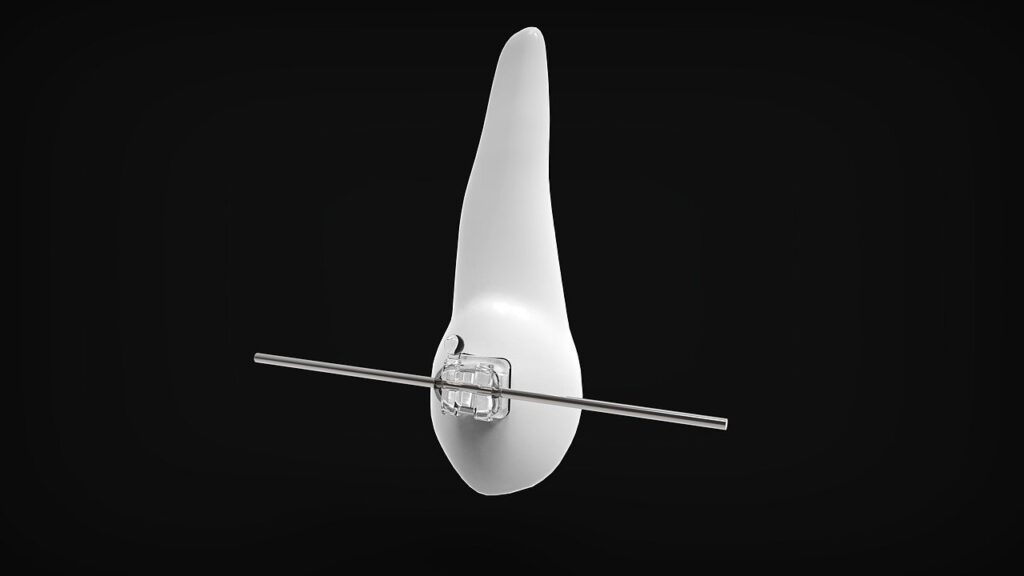
Overview
Dental braces are external devices used by dentists to straighten out crowded teeth and align teeth that are displaced from their original position or have grown uncertainty and haphazardly. These braces help fill in the gaps between teeth which may have been caused due to irregular growth. It’s always good to maintain proper dental health and adorn a beautiful smile every time.
What are Braces?
Braces are wires made up of metal or ceramic. Dentists use a bonding material that attaches these braces for your teeth. An orthodontist is a special section of dentists who are experts in handling this field of treatment of misaligned teeth. Different people use braces for different purposes. The success of this treatment depends on what your treatment result needs to be, eating habits, lifestyle and maintenance done. Recently there has been an upsurge in the usage of braces among teenagers. Braces are made according to the needs of the patients. Classic braces are the usual ones in which metal brackets are glued individually to each tooth.
Parts of Braces
- Brackets
Each of your teeth is glued to a tiny metallic or ceramic links called brackets.
- Arch Wire
The brackets are connected using thin pieces of metal wire called an Archwire. They are also made of stainless steel, nickel-titanium, and copper-titanium. These Archwires put pressure on teeth and the jawline to bring them into required alignment. They are adjusted frequently to put the right amount of pressure as the teeth slowly move to the desired place after some time.
- O-Rings
O-rings are also called as Ligatures or Elastic bands in medical terms and are used to fasten the Archwires to the brackets. These are the parts where one can be creative and choose whatever color one prefers. These rings handle a lot of pressure of holding the braces together. A regular visit to an orthodontist is necessary as these are changed to new ones after some time.
- Spacers
Spacers are used to create spaces between individual teeth to maintain proper space between crowded teeth. This also allows the brace to fit properly. It is mostly added at the back of the mouth between molars. It helps to push the jaw forward and make space for braces. These are not used on everyone and even if used it will be only for a week or two.
How do Braces Work?
Braces push and exert pressure on the teeth and jaw slowly. This low pressure helps in bringing the teeth to the original position. Most of the pressure is given by the Archwire and the brackets help in holding the teeth. The pressure exerted is not on the upper part of the teeth. When a person sees their teeth in the mirror, he/she can only see half of the teeth. The other half is underneath the gum. Two prong-like growths on the lower part of the teeth are called Alveolar Bones. The pressure exerted is on these membranes and tissues surrounding the teeth that help them in moving to the desired portion. Slow stretching allows them to move the teeth safely.
Braces don’t hurt but in the initial days, they feel uncomfortable. First-time patients feel soreness and constant but dull throbbing. This can be countered by taking a prescribed pain-killer.
How long one has to wear braces?
Treatment lengths depend on the extent of healing is required. An average person uses it from one to three years of time span. Following the orthodontists’ instructions carefully ensures speedy recovery and removal of braces.
It’s usually advised to put up braces at an early age if any irregularity is noticed. This is because at an early age the jawline and the underlying membrane and tissues will still be in the developing stage and thus are more responsive to the change requirements. An adult has a fully developed jaw and thus has less flexibility of change.
